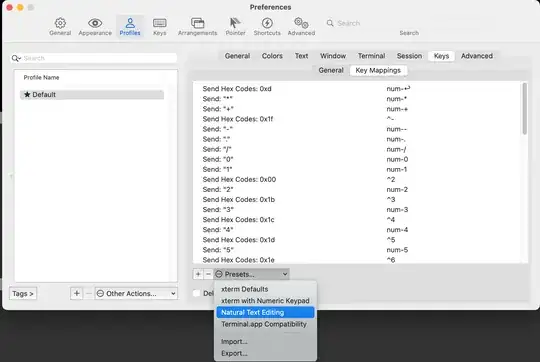I can't speak for iTerm but these are the keybindings I used to solve this problem under GNOME Terminal, on Fedora 19, running ZSH 5.0.7 with Oh-my-zsh:
bindkey "\e[1;3C" forward-word
bindkey "\e[1;3D" backward-word
where \e == The escape-key-sequence(as documented under section 4.1.1)
and [ == O (uppercase O; as documented under section 4.2.1), in some cases. For e.g. under tmux this substitution is necessary for me, however without tmux it is required that no substitution be made and [ == [
The key codes for a sequence can be obtained using cat and pressing the desired sequence. For example the results of pressing <Alt+Right> should be interpreted like so:
$ cat
^[[1;3C
^[ == \e == The escape-key-sequence
[ == [ without tmux OR
[ == O (uppercase o) with tmux
1;3 == I'm not sure about this one, but it should logically mean <Alt>
C == The right arrow key
Then this sequence is given to bindkey in the ~/.zshrc file for persistance, as the first argument, and is bound, meaning that the keystroke in argument one will execute a particular editor command (or widget in zsh terms), to the widget, which in the first line of the above example is forward-word.
The ~/.zshrc should be re-sourced after these two commands are appended to it with:
$ source ~/.zshrc
Now one annoyance on my system is that this particular combination caused the terminal emulator to issue a beep each time the command was issued, this I remedied by disabling the
'Edit'->'Profile Preferences'->'Terminal Bell' checkbox.
